We include products in articles we think are useful for our readers. If you buy products or services through links on our website, we may earn a small commission.
What is the Gary Taubes Diet?

Gary Taubes is a low-carb, high-fat diet pioneer and author. So you may be wondering what the Gary Taubes diet is all about.
To understand the Gary Taubes diet, let’s begin by exploring the key tenets of his dietary philosophy.
Then we’ll get into what Gary Taubes actually eats and explore what he gets right and where it could benefit from some updates.
Table of Contents
Gary Taubes’ Dietary Philosophy
Taubes became a prominent voice in the low-carb world with the 2002 New York Times article “What if it’s all been a big fat lie?”. He followed this with numerous books, including “The Case Against Sugar” and, most recently, “The Case for Keto.”
In his writing, Taubes explains how high-carb foods overstimulate insulin, which causes fat to accumulate in the body and in the liver.
High-fat whole foods, on the other hand, do not have this effect.
Whole foods like fatty cuts of meat, eggs, and full-fat dairy are highly satiating, loaded with nutrients, and ultimately protective against metabolic disorders.
Furthermore, Taubes argues compellingly that since the 1960s, the government has pushed for weight loss methods that aren’t supported by science.
To support his views, Taubes details numerous instances when scientists willfully ignored the real causes of obesity, metabolic syndrome, type-2 diabetes, and heart disease.
Key Points of the Gary Taubes’ Views on Diet
Gary Taubes asks us to revolutionize our thinking about diet by freeing ourselves from widespread nutritional misinformation.
Below you’ll find a summary of his key points.
Eating more Calories Than We Burn is Not the Real Reason Why We Get Fat and Sick
The idea that too many calories make us fat is an oversimplification that leads to shaming fat people for being lazy and gluttonous.
In reality, Taubes points to numerous examples of populations that are undernourished with high-carb foods yet have high obesity rates.
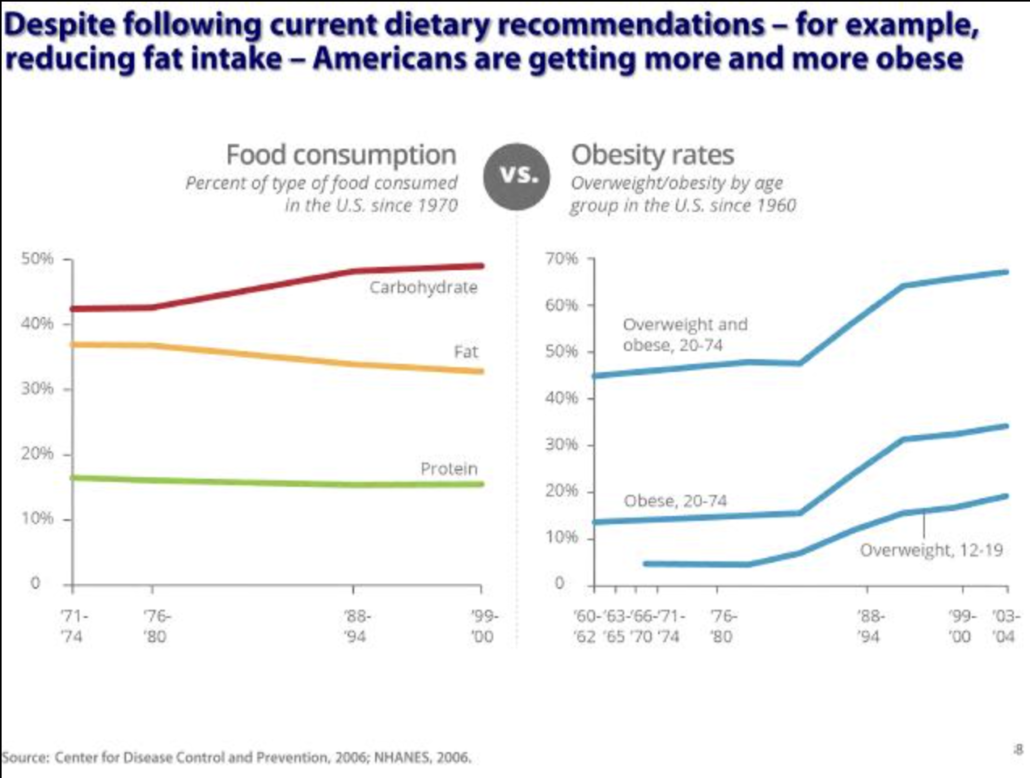
Eating Fat Does Not Make us Fat and Sick
Before the 1950s, the prevailing scientific view on obesity was that it was caused by a hormonal imbalance.
But with the rise of heart disease in America after WWII, scientists scrambled for an easy explanation and solution.
Charismatic figures like Ansel Keys, with his faulty “Seven Countries” study, came up with a hypothesis that fatty foods clogged arteries and caused obesity.
This view was trumpeted by public health institutions and has stuck around for generations.
The unscientific belief/dogma that dietary fat makes us sick is now taken for granted and has become difficult for healthcare professionals to question.
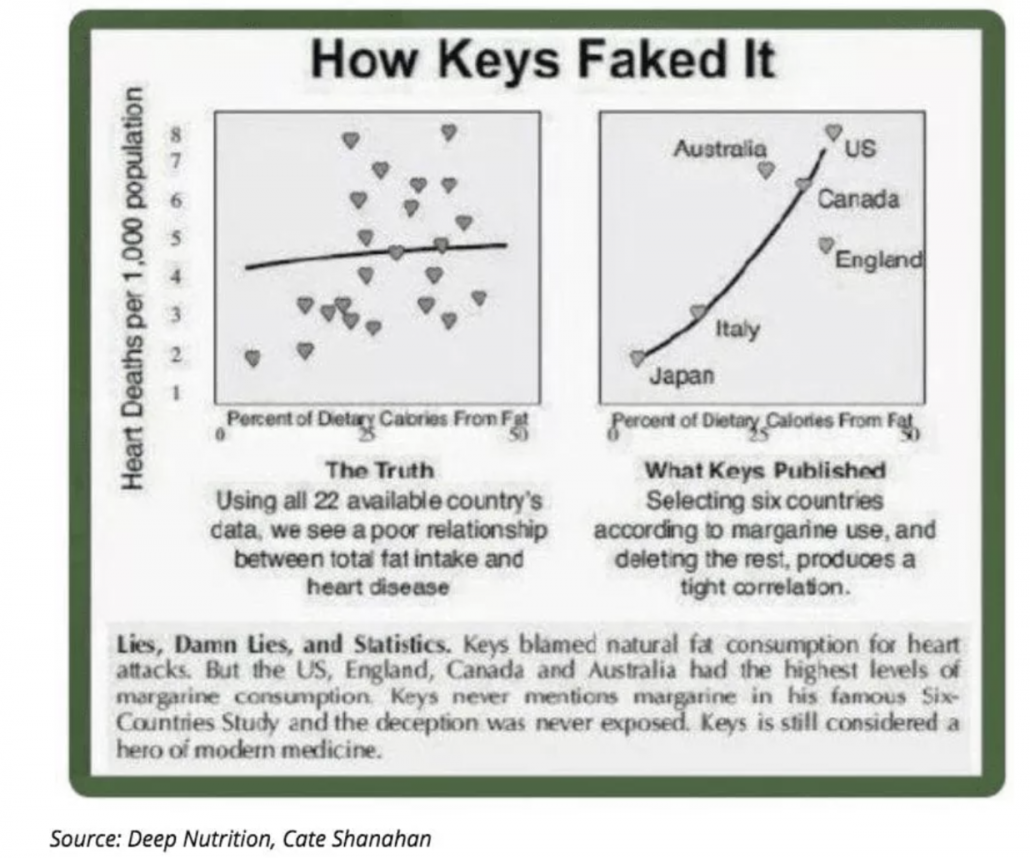
Below you can listen to Gary Taubes in conversation about how bad science made the world obese:
Intensive Exercise and Eating Less do not Make You Healthy
The mainstream view is that eating too many calories combined with a lack of exercise makes us fat and sick.
But, according to Taubes, lethargy is not a personality defect–it’s a metabolic symptom caused by hormonal imbalances stimulated by eating too many carbs.
Taubes uses the analogy of children going through growth spurts. When a child grows, they get tired and need to rest. Their tiredness has nothing to do with being lazy. Rather, their energy is being used to grow, and they don’t have the energy to use for other activities.
Likewise, when our bodies accumulate excess fat from carbs, our bodies try to hold onto this fat by secreting hormones that direct energy into maintaining this fat. One of the fat-conserving effects is hormones that make us hungry and sluggish.
Telling people to exercise more without addressing the root cause of metabolic disorders (carbs) just makes people hungrier.
Sure, movement practices are beneficial, but without addressing the root cause of our metabolic disorders, exercising will not make us metabolically healthy.
Numerous studies show that regaining weight after dieting is the norm and that not going on calorie-restrictive diets is no worse than cutting calories. In other words, scientifically speaking, calorie-restricting diets are utterly useless.
Insulin Makes us Fat
Our bodies react to carbs by secreting the hormone insulin. Insulin stimulates our fatty tissue to store extra energy.
Eating carbs spikes blood sugar levels. High blood sugar is poisonous to our cells, so the body produces insulin to turn blood sugar into fat.
We evolved to store this excess energy as fat on our bodies and in our liver, where it is accessed as energy for leaner times–like between successful hunts.
Humans evolved on a high-fat, low-carb, mostly carnivorous diet. The introduction of high-carb vegetables, added sugars, fruits, potatoes, and grain products like rice, pasta, and bread causes a constant flood of insulin that turns all these carbs into excess fat.
The bottom line is that insulin makes us fat, and the carbs we eat determine our insulin production.
Our Bodies are Not Evolved to Process the Type and Quantity of Carbs that we Eat Today
Carbs are a relatively new and non-essential addition to the human diet.
According to the textbook “Dietary Reference Intakes for Energy, Carbohydrate, Fiber, Fat, Fatty Acids, Cholesterol, Protein, and Amino Acids,” by the U.S. Food and Nutrition Board of the Institute of Medicine. “The lower limit of dietary carbohydrate compatible with life apparently is zero, provided that adequate amounts of protein and fat are consumed.
There are traditional populations that ingested a high fat, high protein diet containing only a minimal amount of carbohydrates for extended periods of time (Masai), and in some cases for a lifetime after infancy (Alaska and Greenland Natives, Inuits, and Pampas indigenous people). There was no apparent effect on health or longevity.
Caucasians eating an essentially carbohydrate-free diet, resembling that of Greenland natives, for a year tolerated the diet quite well.
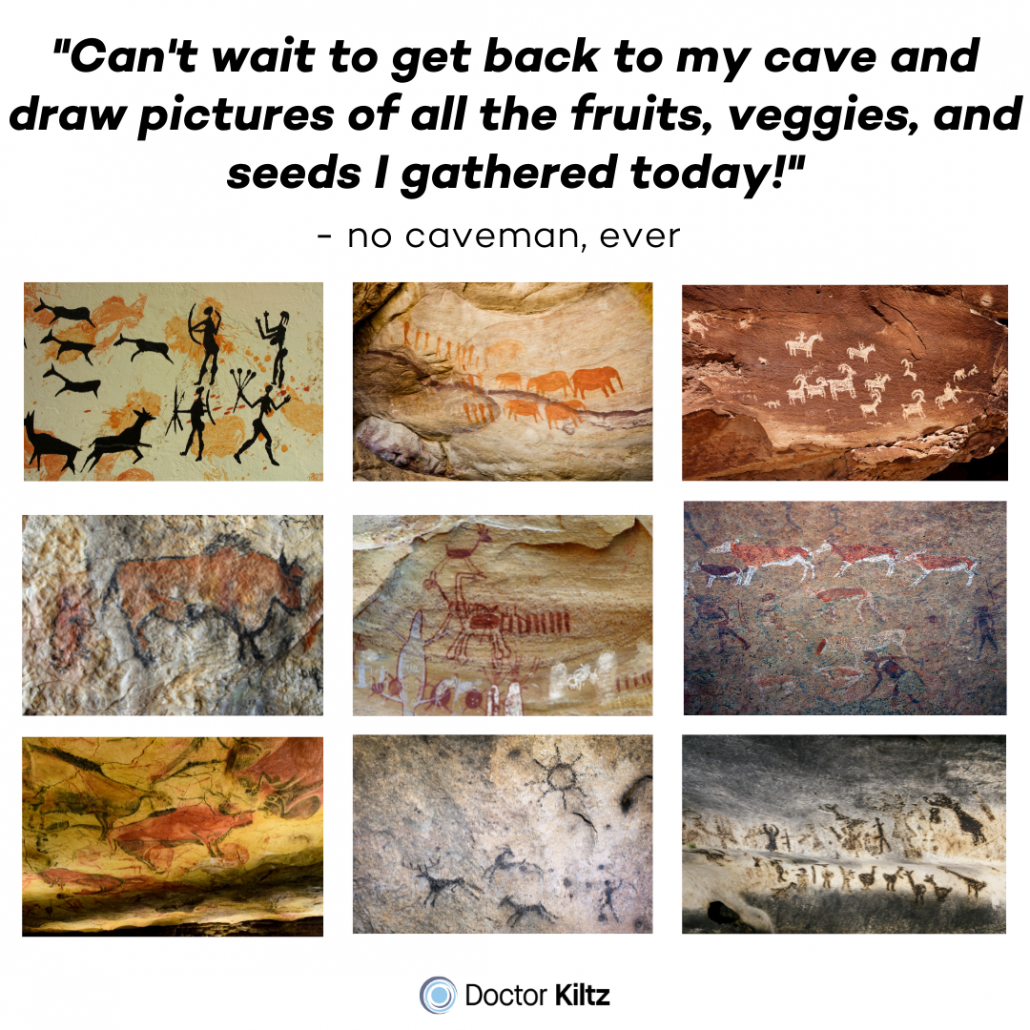
Humans don’t need carbs because we evolved as hypercarnivorous apex predators for nearly 2.5 million years. All the way up until the dawn of the agricultural revolution only 10-7 thousand years ago.

Source: Dr Miki Ben Dor
Yet the modern Western diet is nearly 60% carbs, 15% of which is from added sugars, with refined grains, starchy vegetables, and added sugars accounting for 42 percent of daily calories.
White flour and cane sugar only became large parts of the human diet near the ned of the 19th century.
These dramatic changes to the human diet occurred in a fraction of a second in terms of human evolution.
Our bodies have not had time to adapt to these calorie sources. And there’s absolutely no reason we should adapt to these nutritionally hollow and toxic calories.
If You Want to Lose Weight and Get Healthy, Ditch Carbs
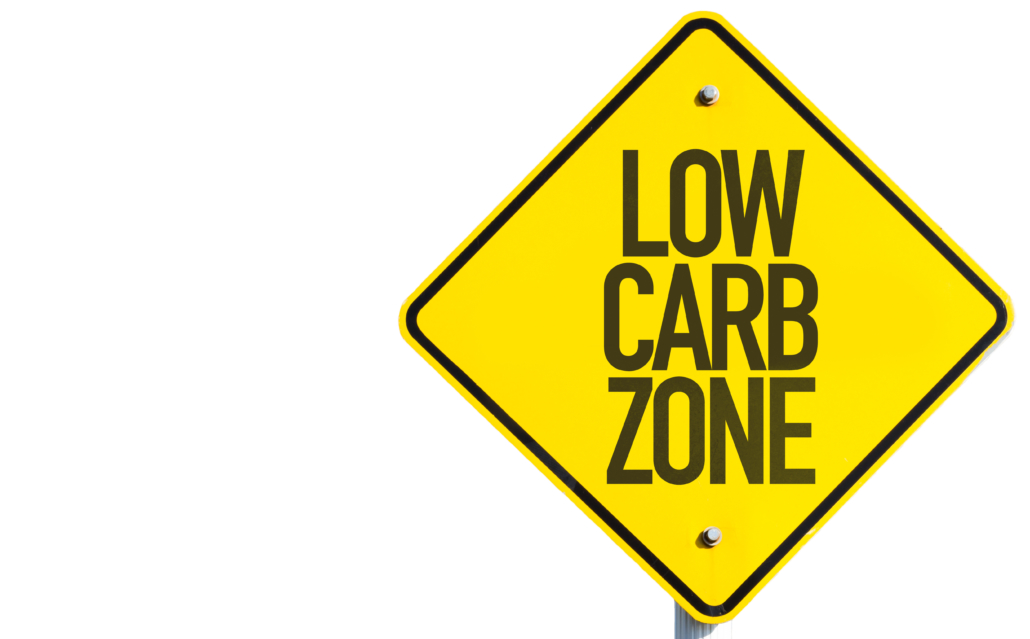
The only long term success from dietary changes comes from cutting carbs.
Cutting carbs stops insulin from storing fat on your body and stimulates the body to metabolize fatty tissue into usable energy.
Taubes makes a distinction between carbohydrates that hit our bloodstream very quickly and those that take longer to boost our insulin levels.
What Does Gary Taubes Eat?
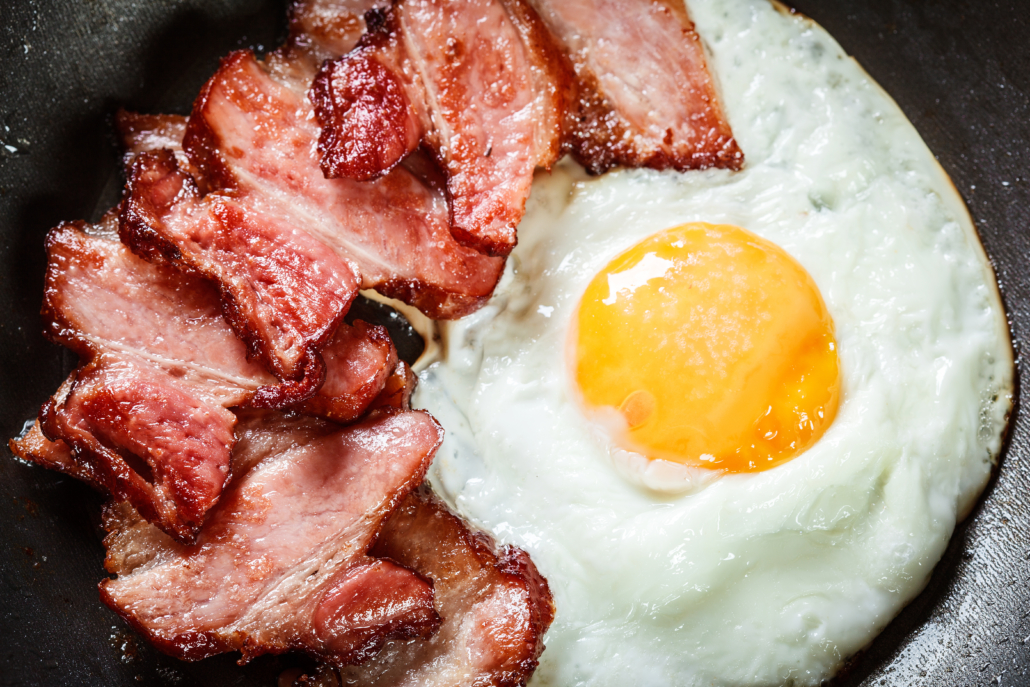
So, considering Gary Taubes’ views on high and low-carb foods, what, in fact, is the Gary Taubes diet?
Surprisingly, Taubes doesn’t promote a strict food list, though of course, he is firmly low-carb.
Let’s take a look at what Taubes himself reports eating.
Breakfast
For breakfast, Taubes has stated that he eats eggs and bacon.
Taubes attests that despite the nutritional dogma, bacon, eggs, and butter are true “health foods.”
Occasionally Taubes eats pumpernickel bread, stating that it is low-glycemic, meaning that it is less likely to spike insulin.
Lunch
For lunch, Taubes reports eating fish dishes like salmon salad, tuna fish with salad greens, along with occasional nuts.
Dinner
For dinner, Taubes reports eating meat and low-starch veggies like broccoli. In particular, Taubes likes ribeye steak.
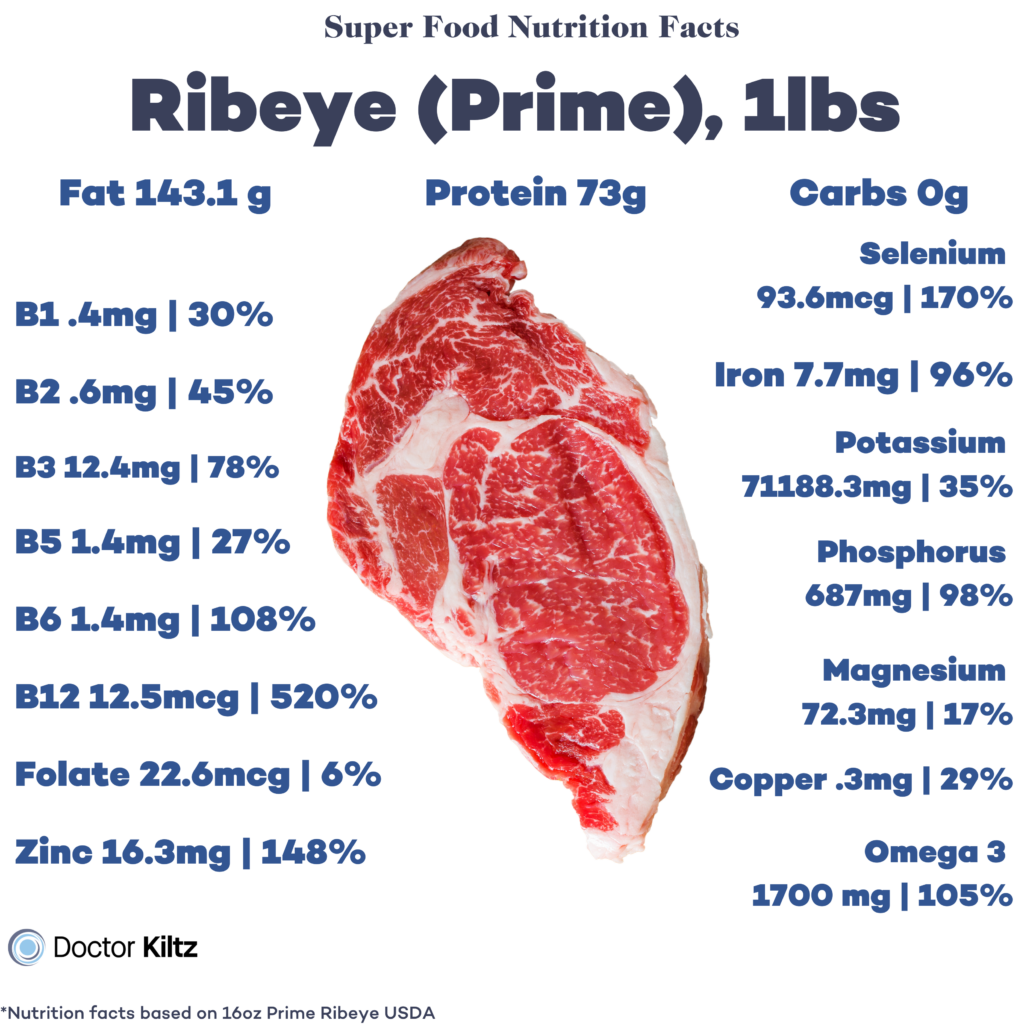
For dessert, Taubes has developed a taste for pure dark chocolate.
Gary Taubes Diet Foods
If we extrapolate from Gary Taubes’ personal diet, we can say that a Gary Taubes diet consists of:
- Fatty meats like ribeye and bacon
- Fish, including salmon and tuna
- Low-carb vegetables like salad greens and broccoli
- Butter
- Dark chocolate (no less than 90% cacao)
- Pumpernickel bread
The Gary Taubes diet eliminates
- All processed foods
- Most grains like rice, wheat, and grain products like pasta and high-glycemic bread
- All added sugars
- High-carb fruits and veggies
What the Gary Taubes Diet Misses
Unlike many low-carb high-fat diet proponents like Dr. Kiltz, Paul Saladino M.D. and Shawn Baker M.D., Taubes does not express concern over plant toxins and antinutrients.
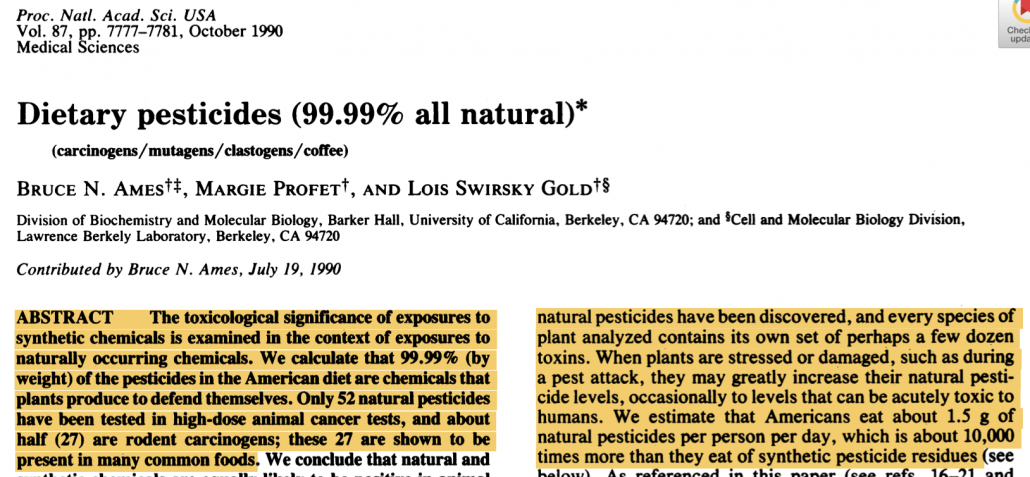
Both high and low-carb plant foods contain a wide variety of natural pesticides.
Though most fruits and veggies we eat are not acutely poisonous, chronic exposure to irritating and toxic plant substances can result in inflammation in the gut, autoimmune disorders, and intestinal permeability, also known as leaky gut.
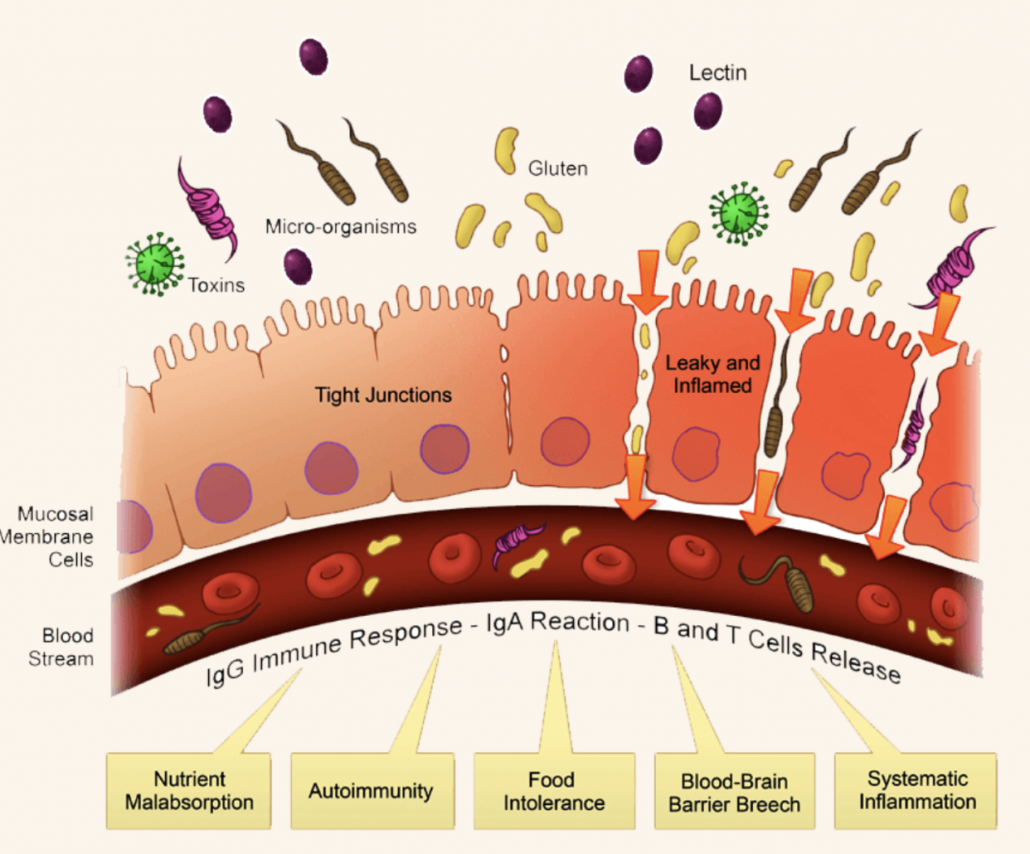
Common plant toxins and antinutrients include
Dr. Kiltz’s Approach to Low-Carb High-Fat Eating

Over decades of treating thousands of patients, Dr. Kiltz has developed the BEBBIIS plan.
B.E.B.B.I.I.S. is a memorable rule of thumb for keeping you focused on fatty meat, eggs, and full-fat dairy.
Think of Bacon, Eggs, Beef, Butter, Ice Cream, and Salt each as a symbol of an entire category of nutrient-dense superfoods. You don’t have to only eat these six foods, though you can absolutely thrive on these alone, and many people love the simplicity.
“Bacon” and “Beef” represent all fatty meat, including:
- Pork belly
- Lamb rib and should chops
- Ribeye steak
- Short ribs
- Fatty fish and seafood like salmon belly and Atlantic mackerel
- Skin on, fatty poultry like chicken wings
- Nutrient-dense organ meats like duck liver and beef liver
Eggs represent all types of eggs:
- Chicken
- Duck
- Goose
- Quail
- Ostrich
- Even salmon or other fish eggs
Butter represents all types of animal fats:
- Butter
- Tallow
- Lard
- Chicken fat
- Duck fat
Ice cream, or as Dr. Kiltz prefers, “Iced Cream,” represents full-fat dairy. But full fat doesn’t mean “whole milk” or yogurt made from whole milk. Full fat means more concentrated fatty dairy, like:
- Heavy cream
- Half and half
- Most minimally processed, high-quality cheese, especially blue cheese
The Gary Taubes Diet: The Takeaway
Gary Taubes is a health writer whose books explore and promote the health benefits of low-carb diets.
Taubes offers the radical yet convincing argument that fatty foods do not make us fat and sick. And that carbohydrates are the real culprits when it comes to the modern epidemics of obesity, metabolic syndrome, type-2 diabetes, and other metabolic disorders.
Though Taubes himself does not promote a specific approach to low-carb eating, his personal diet includes bacon, eggs, fish, ribeye steak, low-carb veggies, butter, dark chocolate, and low-glycemic pumpernickel bread.




















